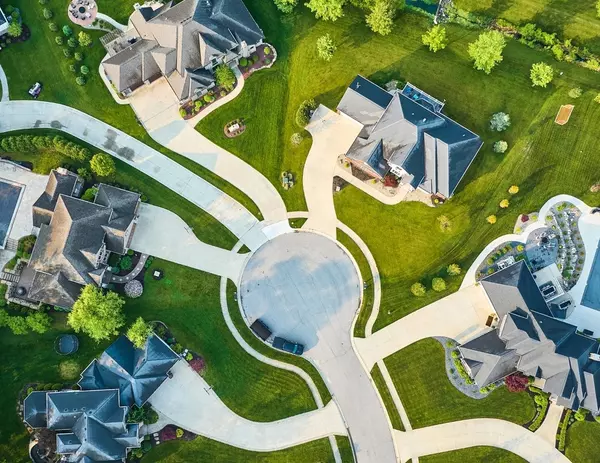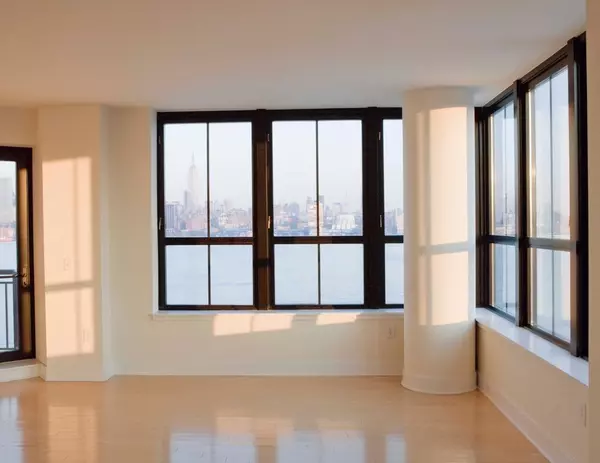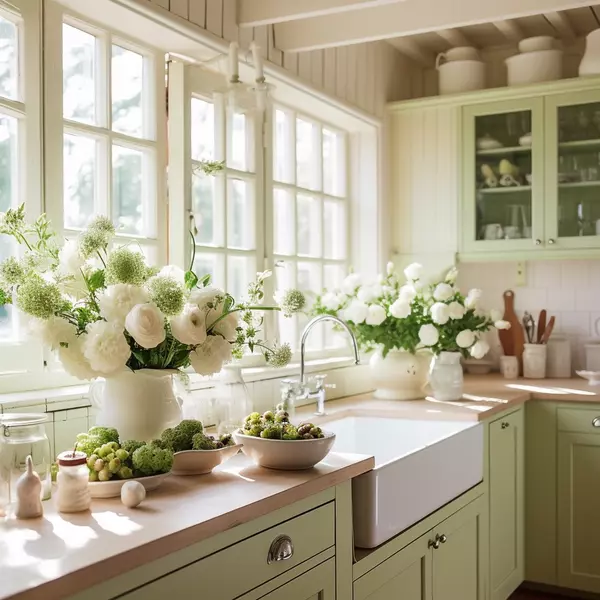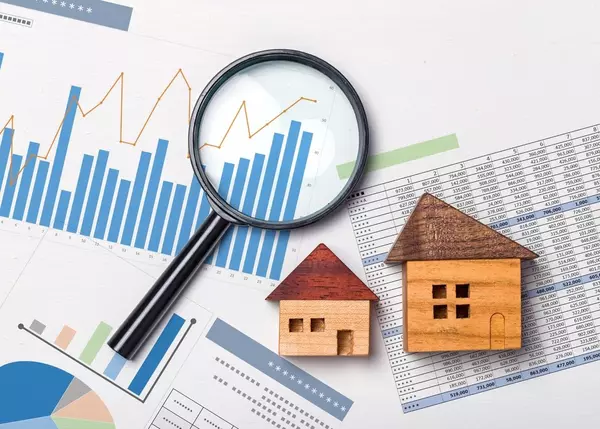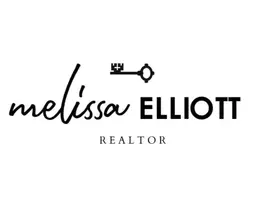How & Why You Should Protect a Vacant Home
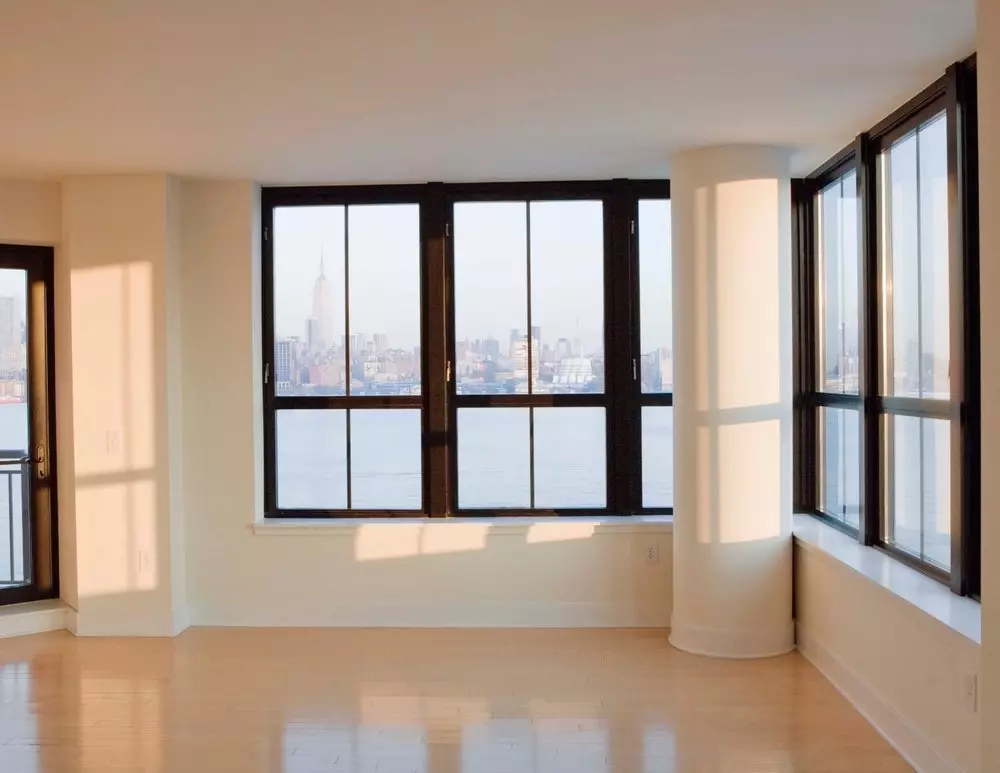
Just because a home is empty doesn’t mean it’s off the hook—let’s talk about keeping it safe, sound, and ready to sell.
Whether you're in between buyers, staging your old place, or waiting on a new build to finish, there’s one thing many homeowners don’t think about until it’s too late: vacant home protection.
Leaving a home empty—even for a few weeks—is like leaving a barn door wide open. You might not notice anything wrong at first, but that quiet space can invite the kind of trouble nobody wants to deal with.
Here’s how and why you need to protect a vacant home—straight from the front lines of real estate in Texas.
First Things First: Why It Matters
You might be thinking, “It’s empty—what could go wrong?” Oh, partner... plenty.
When no one's home, there's no one to catch little issues before they turn into big ones. A busted pipe, an unnoticed roof leak, or a surprise break-in can cause major headaches (and major repair bills).
Here’s what a vacant home is at risk for:
-
Theft & vandalism
Unwatched homes can be an easy target for burglars—or even local kids looking to get into trouble. -
Water damage & mold
Small leaks can go unchecked and wreak havoc in just days. -
Pest infestations
Mice, raccoons, and insects see a cozy, quiet space and think, “Yup, home sweet home.” -
Squatters
Yes, even in North & East Texas, we’ve seen people sneak in and set up camp. -
Insurance issues
Many homeowner insurance policies don’t fully cover damages if a home has been vacant too long without being properly secured.
How to Protect a Vacant Home Like a Pro
Here’s your checklist to keep your property secure and market-ready—whether it's vacant for a few days or a few months.
1. Secure All Entry Points
Make sure all doors, windows, and side gates are locked. Add deadbolts if needed. If there’s a garage, disable the opener or lock the interior release latch.
2. Use Smart Lighting or Timers
Keep it looking like someone’s home. Set interior lights on a timer or install motion-activated lights outside.
3. Install a Security System
Even a basic Ring doorbell camera or a Wi-Fi-connected alarm can deter unwanted guests and give you peace of mind. Bonus: Buyers like seeing that level of care.
4. Turn Off Water or Keep it Monitored
If no one's around to catch a leak, you’ve got a problem. Either shut off the water at the main or install a smart leak detector. A plumber can help winterize the home if needed.
5. Control the Climate
Don’t let Texas heat (or a surprise cold snap) do damage. Keep the HVAC running at a minimal setting to prevent moisture, mold, or frozen pipes.
6. Maintain the Exterior
An unkempt lawn screams “no one’s home!” Keep the yard mowed, leaves cleared, and mail picked up. Curb appeal still matters—even if the home’s empty.
7. Ask a Neighbor or Realtor to Check In
If you’ve got someone local you trust (hey there!), have them check in once a week. I offer vacant home checkups for my sellers to make sure everything stays in tip-top shape.
Bonus Tip: Talk to Your Insurance Company
Let your insurance agent know if your home will be vacant. You may need to adjust your policy or get a vacant home endorsement to stay fully protected.
Wrapping It Up, Rodeo Style
A vacant home might not have people living in it, but it’s still one of your most valuable assets—and it deserves protection.
Whether you're waiting on the right buyer, relocating, or just stuck between moves, don’t let your property become a sitting duck. Stay one step ahead of trouble, and your home will be in great shape when it’s time to hand over the keys.
Need help keeping an eye on your vacant property?
I’m not just a Realtor—I’m your boots-on-the-ground partner. Call or text me and let’s make sure your home stays safe, secure, and ready to sell.
Because buying and selling ain’t my first rodeo… and neither is protecting what matters.
Categories
Recent Posts

